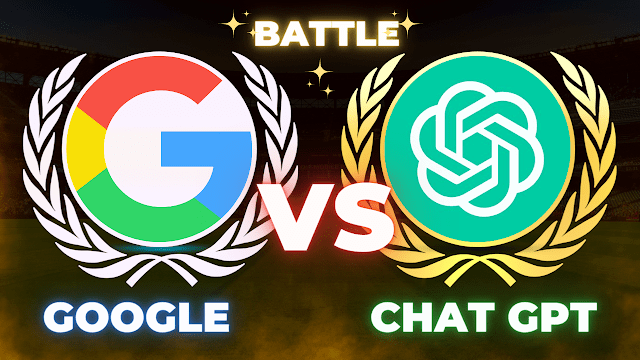As the field of artificial intelligence (AI) continues to grow, language models have become increasingly popular for natural language processing (NLP) tasks. Google’s BERT and OpenAI’s GPT (Generative Pre-trained Transformer) are two of the most well-known AI language models. But how do they compare, and which one is better? In this article, we will take a closer look at Google BERT vs. ChatGPT, including their strengths and weaknesses, and which one is the best for different applications.
Table of Contents
1. What is Google BERT?
BERT stands for Bidirectional Encoder Representations from Transformers, which is a pre-trained NLP model developed by Google. BERT is designed to understand the context of words in a sentence by using a combination of unsupervised learning and deep learning techniques. It is trained on a large corpus of text, which helps it to learn the relationships between different words and phrases.
2. What is ChatGPT?
ChatGPT, on the other hand, is a series of AI language models developed by OpenAI. The most recent version, GPT-3, is a massive neural network trained on a massive amount of text data. It can generate human-like responses to text prompts and can even write articles and stories.
3. How do Google BERT and ChatGPT work?
Google BERT and ChatGPT use different techniques to process natural language. BERT is a transformer-based model that uses self-attention to understand the context of words in a sentence.
It is bidirectional, meaning it can understand the relationship between words both forwards and backward in a sentence. This allows it to better understand the meaning of words and phrases in context.
ChatGPT, on the other hand, is a generative model that uses a transformer-based architecture. It is a neural network that has been trained on a massive corpus of text data, which allows it to generate human-like responses to text prompts. It works by predicting the next word in a sentence based on the previous words.
4. Accuracy and Performance
When it comes to accuracy, both Google BERT and ChatGPT perform very well on NLP tasks. Google BERT has been shown to outperform previous state-of-the-art models on several benchmark datasets, including the GLUE benchmark.
ChatGPT has also achieved impressive results on various language tasks, including language translation, summarization, and question-answering.
In terms of performance, ChatGPT is known for being incredibly fast and efficient, especially when compared to previous language models. Google BERT, on the other hand, can be slower and more resource-intensive, depending on the specific task and the size of the model being used.
5. Training Data and Resources
One of the key factors in the performance of AI language models is the amount and quality of the training data used to train the model.
Google BERT was trained on a large corpus of text, including the entire English Wikipedia, as well as various books and web pages. ChatGPT, on the other hand, was trained on a massive corpus of text, including books, articles, and websites.
In terms of resources, both models require a significant amount of computing power to train and run. However, Google BERT is known to be more resource-intensive than ChatGPT, as it requires larger and more powerful GPUs for training and inference.
6. Applications and Use Cases
Google BERT and ChatGPT have a wide range of applications for NLP tasks. Google BERT is particularly useful for tasks that require a deep understanding of the context, such as sentiment analysis, natural language inference, and question answering.
ChatGPT, on the other hand, is more suited for tasks that require the generation of human-like responses, such as chatbots, dialogue systems, and content creation.
7. Which one is better?
The question of which AI language model is better, Google BERT or ChatGPT, depends on the specific task and use case. Google BERT is better suited for jobs that require a deep understanding of the context and relationships between words, whereas ChatGPT is better suited for tasks that require the generation of human-like responses.
8. Future Developments
Both Google BERT and ChatGPT are still relatively new and are likely to see further developments in the coming years. Google is already working on new models that build on the success of BERT, including ALBERT and RoBERTa. OpenAI is also continuing to develop new versions of ChatGPT, including larger and more powerful models.
9. Conclusion
In conclusion, Google BERT and ChatGPT are two of the most popular AI language models in the field of NLP. Both models have their strengths and weaknesses, and the choice of which one to use depends on the specific task and use case.
However, it is clear that these models are changing the way we process and understand natural language, and are likely to play an increasingly important role in the future of AI.
10. FAQs
What does BERT stand for? BERT stands for Bidirectional Encoder Representations from Transformers.
What is the most recent version of ChatGPT? The most recent version of ChatGPT is GPT-3.
Which model is better for generating human-like responses? ChatGPT is better suited for generating human-like responses.
What is the GLUE benchmark? The GLUE benchmark is a benchmark dataset for evaluating the performance of NLP models on a range of language tasks.
What are some potential future developments for these models? Potential future developments include larger and more powerful models, as well as models that can better understand and process language in context.
